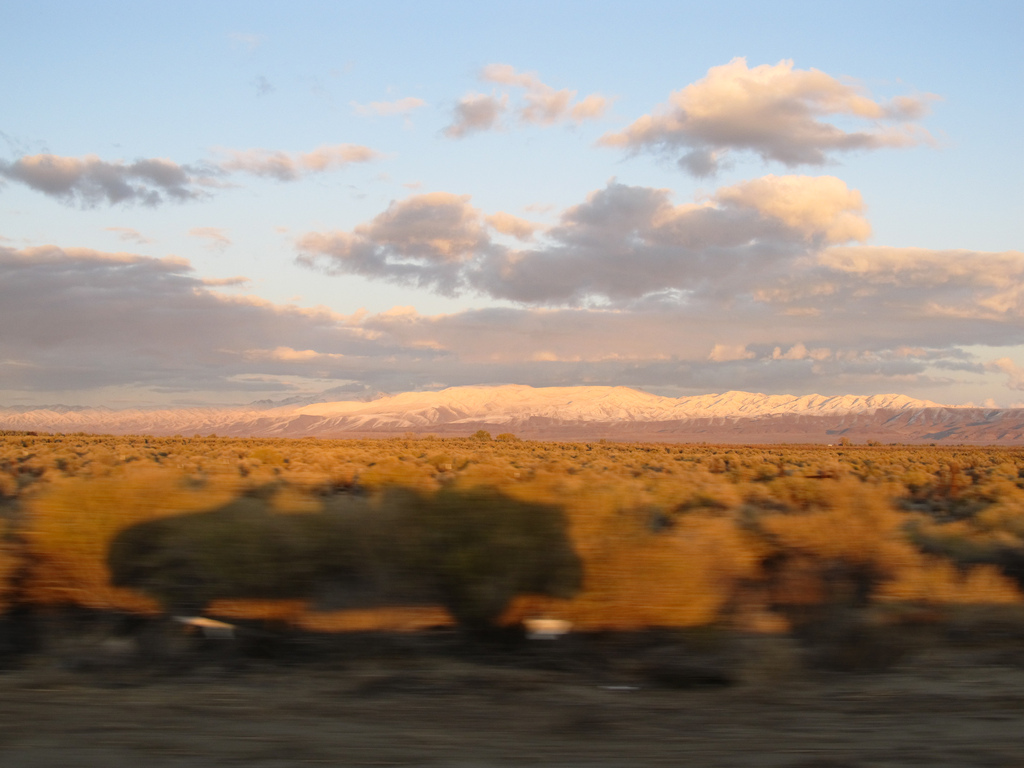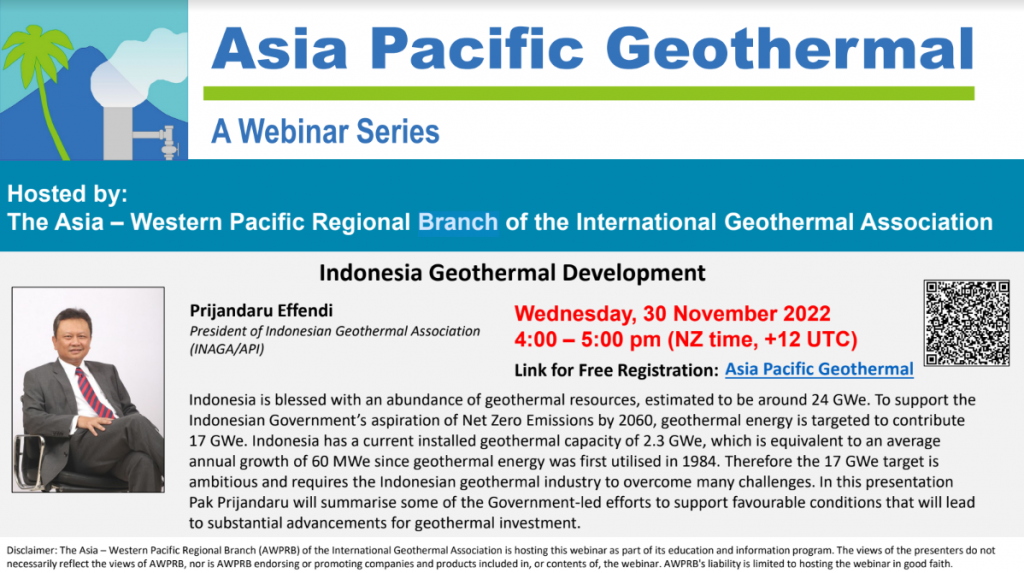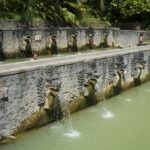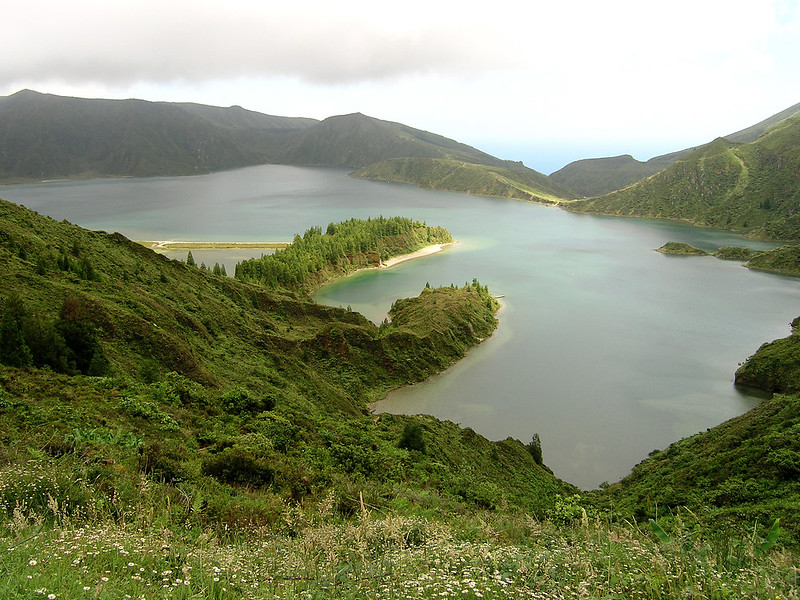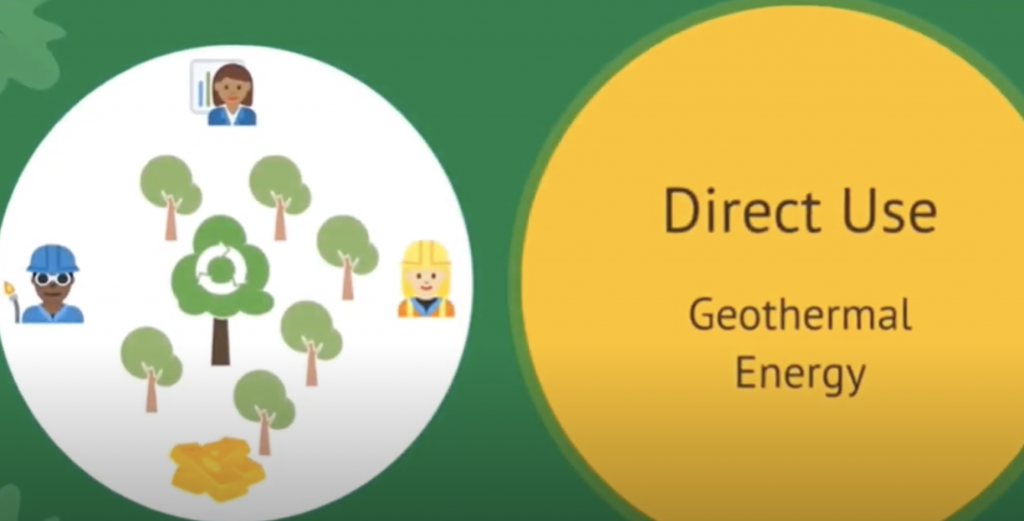Webinar recording – Non-technical barriers to geothermal development in Western U.S.
Energy Disrupter
In this webinar, representatives from NREL, PNNL, and IDL discuss the non-technical hurdles encountered by geothermal projects in California and Nevada.
The U.S. Department of Energy Geothermal Technologies Office (GTO) recently held a webinar tackling the non-technical issues that have hampered the deployment of geothermal technologies in the Western U.S., particularly in the states of California and Nevada. Representatives from the National Renewable Energy Laboratory (NREL), Pacific Northwest National Laboratory (PNNL), and the Idaho National Laboratory (IDL) were on-hand to share their findings.
A recording of the webinar has been uploaded on the official NREL Learning YouTube channel, as also embedded below:
Duplicative federal and state permitting requirements
The NREL study found that project development timelines may be impacted by permitting and environmental review requirements at the federal, state, and local regulatory levels. These requirements can be lengthy, duplicative, and/or involve compartmentalized processes.
For instance, geothermal projects in California may be subject to environmental review processes and endangered species act consultation in both the federal and state levels. These involve at least four agencies with compartmentalized processes. There may also be other permits and authorizations at the federal, state, and local levels requiring coordination multiple authorities prior to project development.
Nevada has a more centralized approach to the approval of geothermal projects. However, project timelines may still be affected by duplicative federal and state permitting for geothermal drilling, particularly on federally managed lands. These processes do not occur concurrently, increasing the time and effort needed to secure the permits for the same well.
Developers may also encounter site-specific challenges related to sensitive resources that may cause permitting and project delays. In Imperial County, California, developers may need a Clean Water Act (CWA) 404 Permit in the Waters of the United States (WOTUS) jurisdiction, and another CWA 401 permit from the California Water Board. The presence of sensitive and endangered species in the Sonny Bono Salton Sea National Wildlife Refuge may also be a challenge for prospective geothermal developers.
In Nevada, one needs to look no further than the recent controversy over the Dixie Meadows geothermal project which has been the subject of litigation and has now been heavily delayed over its potential impact on the endangered Dixie Valley toad species.
Economic impact of geothermal project delays
Delays due to permitting can extend the project timeline of geothermal development, driving up costs and increasing economic uncertainty due to the loss of generated electricity revenue. LCOE values may also become higher once the geothermal project is running doe to the increase in compounding interest of the capital used for project financing. The graph below by NREL illustrates this phenomenon:
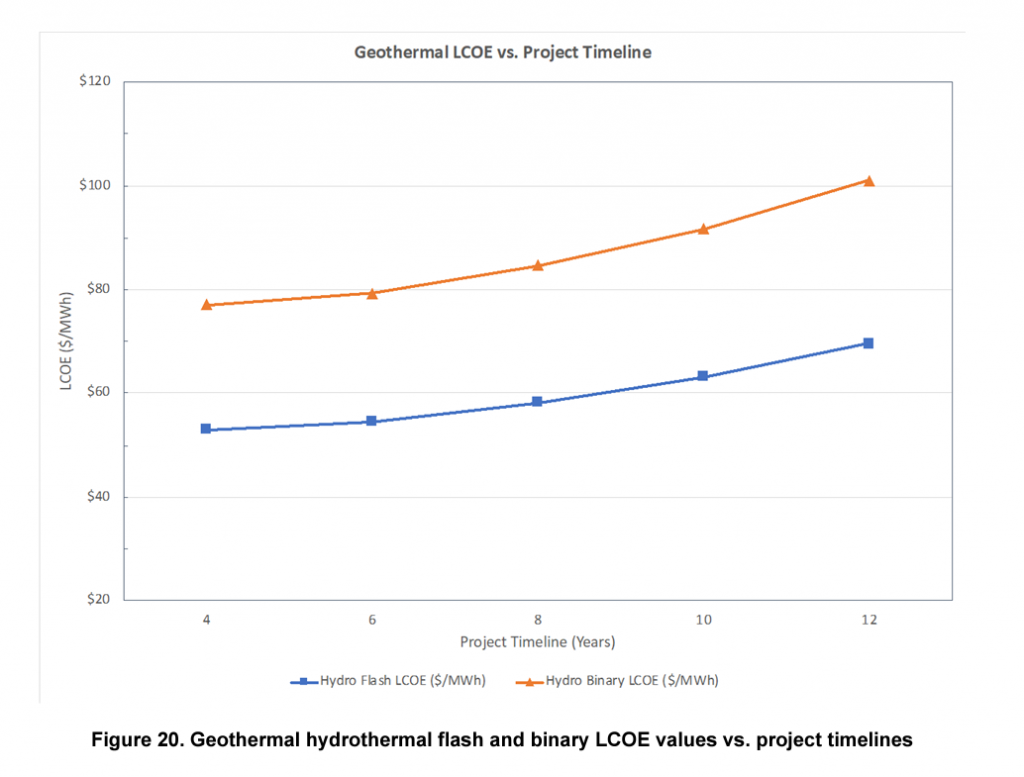
In addition to compounding interest that accrues as a result of development delays, other cost factors like loss of generated electricity revenue and potential penalties for failure to deliver electricity under a power purchase agreement (PPA) may also add to overall project costs. According to the Ormat, this has been the case for the Dixie Meadows geothermal project which has been signed into a PPA with the Southern California Public Power Authority.
According to hypothetical scenarios formulated by IDL, the fastest timeline for a geothermal power project in the Salton Sea area would be 6 years, and the longest can reach up to 13 years. An extended timeline can have an LCOE that is 4% to 11% higher, and cause potential loss of revenue from USD 62 to 227 million.
Best practices for streamlining of permitting processes
The recommendations to avoid permitting-related project delays can be summarized in two items – streamlining the process, and improving inter-agency relationship.
Various mechanisms have been proposed to aid in coordinating the authorities and agencies involved in permitting. These include the signing of MOUs between federal and state agencies that help reduce the duplication of agency review processes. Several MOUs of such nature are already in place in Nevada, but these interagency MOUs may need to be updated.
Another proposed mechanism is the tiering to existing environmental review documents, such as NEPA and CEQA documents, to make existing environmental review processes more efficient and aid agency staff in developing mitigation measures.
In California, leveraging the California Energy Commission (CEC) Application for the certification of projects with capacities 50 MW or greater can help in consolidating state and local permitting requirements, thus shortening the environmental review timelines.
Source: NREL Learning via YouTube


